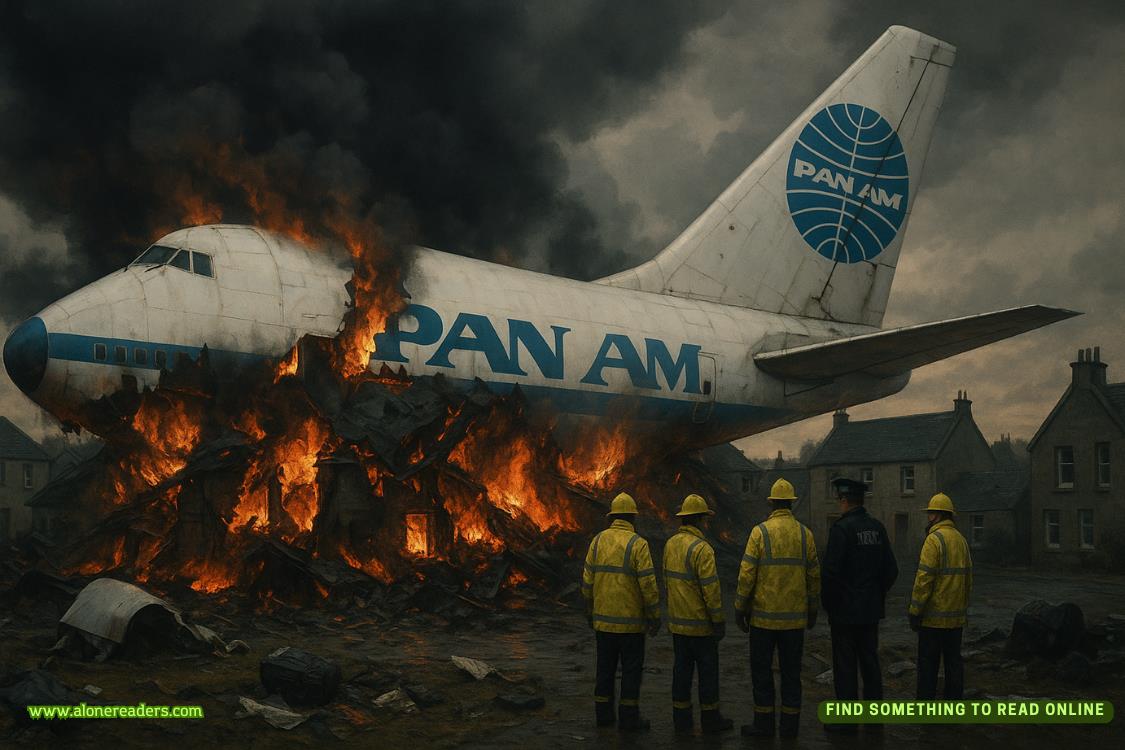Page 58 of The Drowned Woman
“Yeah, but your timeline for last night doesn’t exactly fit either,” Maggie continued.
Leah waved Risa into the minor care room she’d commandeered but remained outside the door to finish her conversation with Maggie. “How so? Isn’t nicotine biphasic? Minor toxicity fits with the symptoms Risa showed—if it was a major overdose, she’d be in the second phase, getting worse.”
“But if she ingested the nicotine after dinner last night, she should have shown symptoms a few hours later—not this morning.”
“Are you sure?” Leah frowned. Maybe she’d misunderstood the timeline Jack and Risa had given her? Maybe Risa had become asymptomatic earlier, but Jack panicked, had still called Leah. No, Leah herself had witnessed the hypersalivation when she arrived at Risa’s apartment. “Could you send me a link to that information? I haven’t dealt with a nicotine OD since residency.”
“Let me guess, New Year’s.”
“Yep. Kid woke before his parents, parents went to bed after throwing a party without cleaning up, and—”
“The kid drank the pretty drinks, not seeing that a cigarette had dissolved in one. Classic. I’ll send you the link. Might stop by myself, if you don’t mind. I’ve a friend who’s a tox fellow in Pittsburgh, maybe he can fast-track your tox screens, so they’ll take days to weeks instead of months to come back.”
“We’re in the ER now, then will be in the CIC. Thanks, Maggie.” Leah hung up, wondering how to approach the confusing and conflicting history she’d been given this morning. Best way might be to separate Jack and Risa, get each of their stories, then compare the two. Once she had Risa in the CIC for her witness interview, there’d be a chance to do that.
She was just about to head in to examine Risa and order the tests when her phone rang. Luka. “We found him,” he exclaimed before she could say anything. “But it wasn’t Massimo—it was Vogel. Medics are en route to Good Sam.”
The trauma alert sounded at the nursing station and Leah straightened. “I’m at Good Sam. The medics are calling in now.”
“I’ll find you there.” He hung up.
Leah made it to the nursing station just as the ER attending on duty, Sam Davidson, finished giving instructions via the trauma radio to the medics transporting Cliff.
“He’s part of a case I’m working on with the CIC,” she told him as she followed him to the trauma bay. “Mind if I assist?”
“More the merrier.” They both donned masks, gloves, and Tyvek gowns. “What’s the story?”
“Abducted, held in the trunk of a car that was driven into the river.” She explained about the video. “We lost the live feed at 9:21.”
He glanced at the clock. “That was almost half an hour ago.”
“Did he have any vitals when they found him?” She didn’t need to see the grim expression on his face to know it was a long shot.
“No. Asystole and hypothermia.” They both backed away as the nurses wheeled in the warming equipment. Sam assessed his troops: anesthesia ready to take over the airway, a nurse on each side to work fluids and meds and monitor chest compressions, another nurse to record, an assistant to run labs, and Leah. “Medics drilled him in the field, but we’ll need a central line.”
“Got it,” Leah told him. The intraosseous was a needle drilled directly into bone, a quick and dirty way to give fluids and medications, but only temporary, while a central line would allow them access to the larger blood vessels leading directly to the heart.
“They’re here,” a nurse called even as the team’s radios went off.
“Sure you’re up for this?” Sam asked Leah as she prepped the central line.
It felt strange and she couldn’t really admit it, not with a dying—or maybe already dead—victim arriving, but Leah felt better than she had in weeks. More than adrenaline, it was the sense of belonging, that she was home again. No second-guessing or worry about office politics; here in the trauma bay she knew every step of the choreography, as did the rest of her team.
Before she could say anything, the medics burst through the door. They’d intubated Cliff in the field and were bagging oxygen into his lungs while a mechanical chest compressor performed CPR. “Two rounds of epi.” The medic at the head of the gurney called out his report. “No response. Bagging with a hundred percent O2.”
They quickly transferred Cliff over to the ER’s bed, the nurses swarming over him, switching monitor leads, checking the lines. As they worked, Sam and the anesthesiologist listened to his lungs. “Breath sounds equal and bilateral,” the anesthesiologist said as he took over bagging. “Needs pressure, though.” Maintaining adequate ventilation was always a tightrope with drowning victims: force the air in too hard and they’d blow a lung, not enough pressure and their damaged lungs wouldn’t absorb the oxygen.
Leah wedged herself between the CPR machine and the anesthesiologist, then she prepped a sterile area over Cliff’s right clavicle to place the central line. She palpated her landmarks, and within a few seconds had the subclavian line ready. “I’m in.”
She hooked up the warmed IV fluids while beside her a nurse was placing a nasogastric tube that would also have heated fluids running through it in the hopes of warming Cliff. In the ER you were never dead until you were warm and dead. “What’s his core temp?”
“Up to thirty-two,” Sam said. “Time for another epi then clear for X-ray to check line and tube placement. Keep that warming blanket and the lights on him.”
While the X-ray tech took her shots, Leah joined Sam. “Thirty-two isn’t all that cold. Should we try vasopressin?”
Sam nodded. “We’ll see what the labs come back, but—”
“It might be too late,” Leah finished for him.















